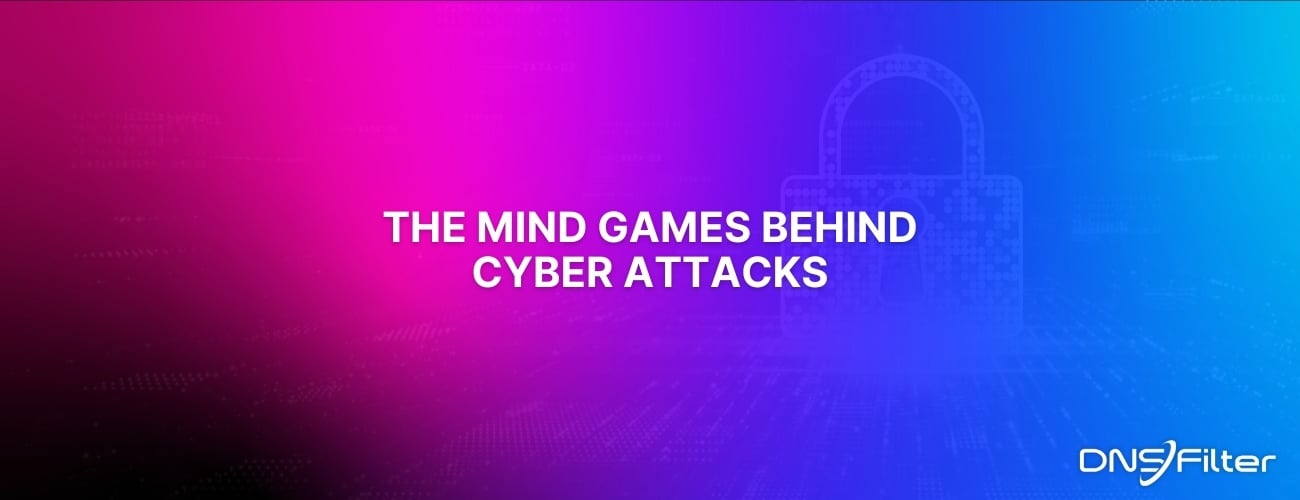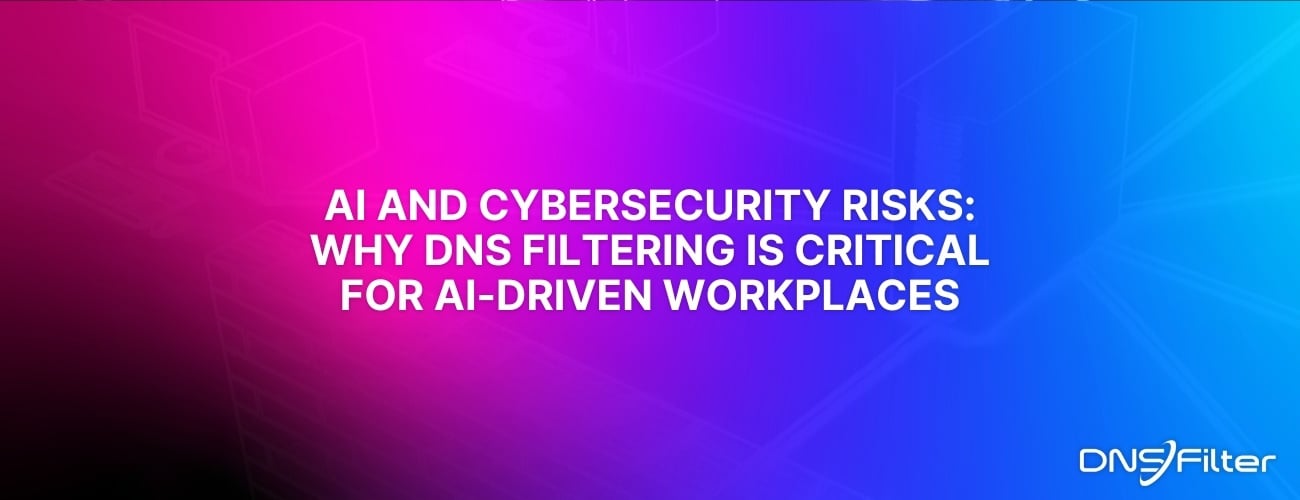Share this
Cisco Umbrella RC End-of-Life: What You Need to Know
by Kory Underdown on Nov 17, 2023 2:40:00 PM
The impending Cisco Umbrella Roaming Client End-of-Life has many Umbrella users concerned about their next steps. If that's you, you might be in a position where you find yourself re-evaluating which protective DNS solution is right for your organization.
The DNSFilter team recently presented on everything you need to know about the End-of-Life announcement, how DNSFilter compares to Cisco Umbrella, and the steps you need to take to quickly and easily migrate to your new protective DNS solution. Watch the replay here, or continue reading for the high-level overview.
What’s Happening with Cisco Umbrella Roaming Clients?
Cisco Umbrella was born in 2015 from Cisco’s acquisition of Open DNS. Throughout the years, there have been multiple announcements regarding the state of OpenDNS, including EoL for legacy pricing and forced transition to other products. But the latest announcement is of the impending End-of-Life for OpenDNS successor, Cisco Umbrella.
What does this mean for you? Cisco umbrella users with the Roaming Client installed on their endpoint will be forced to migrate to Cisco Secure Client, the replacement for both Cisco Umbrella RC and AnyConnect. This change is likely to include price increases and will require labor to replace the roaming clients across all of your endpoints.
Comparing DNSFilter and Cisco Umbrella
With an impending migration for Cisco Umbrella Roaming Client customers on the horizon, now is the time to make the switch to protective DNS you can count on.
Enter: DNSFilter.
30 million monthly users trust DNSFilter to protect their endpoints for a few key reasons:
- DNSFilter is the fastest DNS resolver in the world (according to DNSPerf at the time of writing this article)
- Our proprietary Machine Learning finds and categorizes threats 7+ days earlier than Cisco Umbrella
- Our Anycast network spans 69 countries across the globe (and growing!)
- DNSFilter customer support is unmatched. Check out our G2 reviews
For a more in depth comparison between DNSFilter and Cisco Umbrella, download Cisco Umbrella vs DNSFilter: A Detailed Comparison.
Migrating to DNSFilter has Never Been Easier
Migrating to DNSFilter from Cisco umbrella requires just 7 simple steps:
- Export Policy lists from Umbrella
- Create comparable content filtering policies in DNSFilter
- Import the Allow/Block lists
- Create your block pages
- Create your sites
- Uninstall Umbrella RCs
- Push out the DNSFilter RC install
Exporting your policy lists
Cisco calls their Allow/Block lists Destination Lists. In your Cisco Umbrella dashboard, navigate to Policies > Policy Components > Destination Lists, then expand a Destination List and click Download. You’ll receive a .csv file with your Destination Lists.
Creating new DNSFilter policies
DNSFilter has 39 content categories and 9 threat categories. We understand that our category names don’t match up 1:1 with Cisco Umbrella’s category names, so we’ve created this support article to help you map Umbrella content categories to DNSFilter categories.
Import your Allow and Block lists to DNSFilter
Importing your lists is extremely simple. In the DNSFilter dashboard, click the green ‘Import CSV’ button and browse to the exported .csv you downloaded from Umbrella. There is no special template required, and no total list limit, but you’ll want to be sure that there is only one domain per line and that each import you do has no more than 2000 lines. To import more than 2000 domains, simply do a second import with your additional domains.
Create your DNSFilter block pages
DNSFilter’s block pages are completely customizable. We encourage our customers to have fun with them! We also recommend that you ensure you include a good email for the error notices in order for users to request access to a site if they feel they reached the block page in error.
Create your Sites
After policy creation with Allow/Block lists imported and your Block page created, start creating Sites on the DNSFilter Dashboard. Bulk import of these sites are available via our Sales Engineers or Support team. Fill the template out with your Site names and egress addresses, then send it back for DNSFilter to create your sites in bulk.
Uninstall the Umbrella Roaming Clients & install DNSFilter
We’ve got a PowerShell Script for that! To ensure that the process of migrating from Cisco Umbrella to DNSFilter is as simple as possible, our team has developed a script that allows you to quickly and easily uninstall Cisco Umbrella and install DNSFilter on Windows devices.
This script is easy to customize and has robust error handling.
Migrating to DNSFilter from Cisco Umbrella
For more information on migrating to DNSFilter from Cisco Umbrella, watch the full webinar presentation here.
Ready to make the switch? Start your 14-day free trial now.
Share this
 Artificial Intelligence in Cybersecurity
Artificial Intelligence in Cybersecurity
The term “artificial intelligence (AI)” was first coined in 1956. While progress stalled for many years, we can thank IBM for sparking real interest in AI as viable technology: First in 1997 when the computer Deep Blue defeated a chess champion and again in 2011 when Watson won Jeopardy!
 The Mind Games Behind Cyber Attacks
The Mind Games Behind Cyber Attacks
Hackers have long understood that the most sophisticated firewall is no match for a well-placed psychological trick. While many focus on the technical prowess of cybercriminals, the real magic often lies in their ability to manipulate human behavior. By exploiting our natural tendencies and cognitive biases, hackers can slip past even the most robust security systems. It's not just about cracking codes; it's about cracking the human psyche.
 AI and Cybersecurity Risks: Why DNS Filtering is Critical for AI-Driven Workplaces
AI and Cybersecurity Risks: Why DNS Filtering is Critical for AI-Driven Workplaces
Artificial intelligence is transforming business operations, automating everything from customer service to data analysis. But with these advancements come new security challenges. AI-driven cyber threats are becoming more sophisticated, enabling attackers to automate phishing campaigns, generate malware, and exfiltrate sensitive data at scale. Without proper safeguards, AI tools can unintentionally leak corporate secrets or connect to malicious ...


